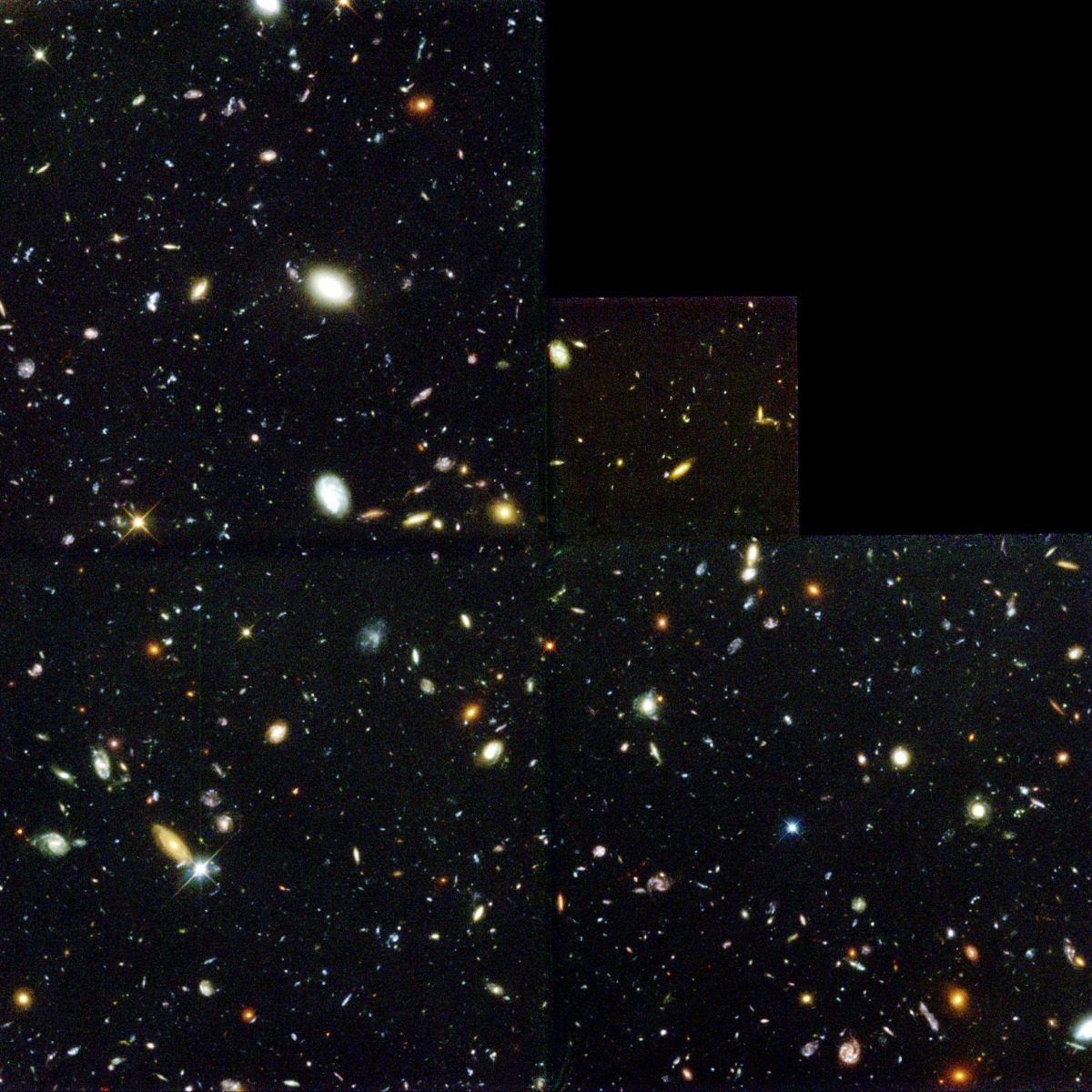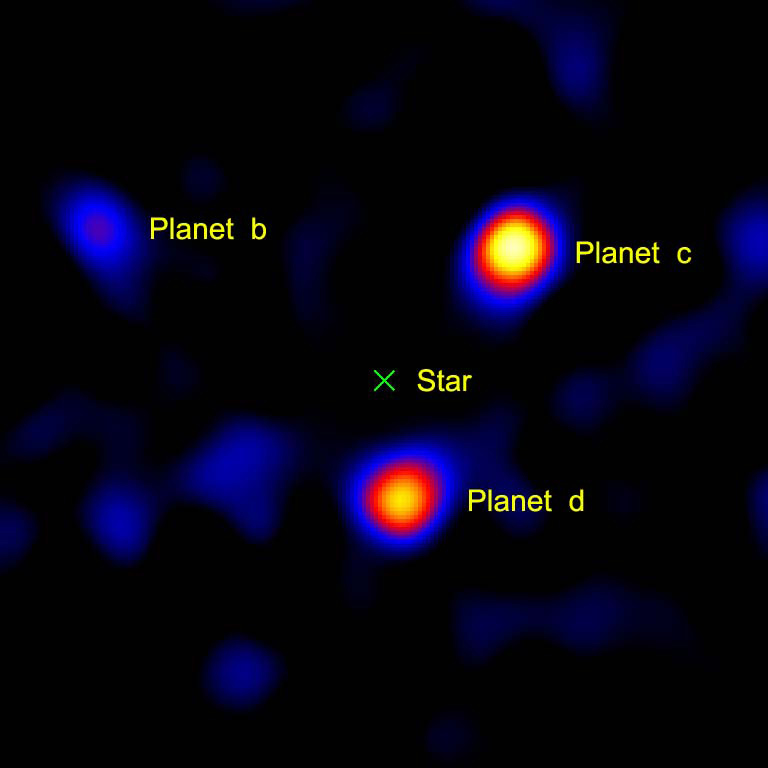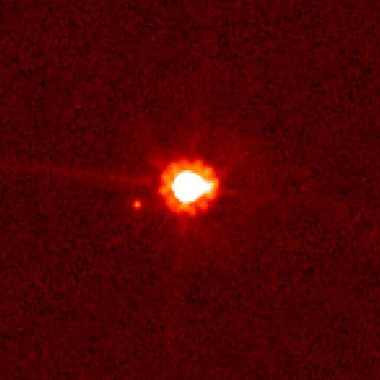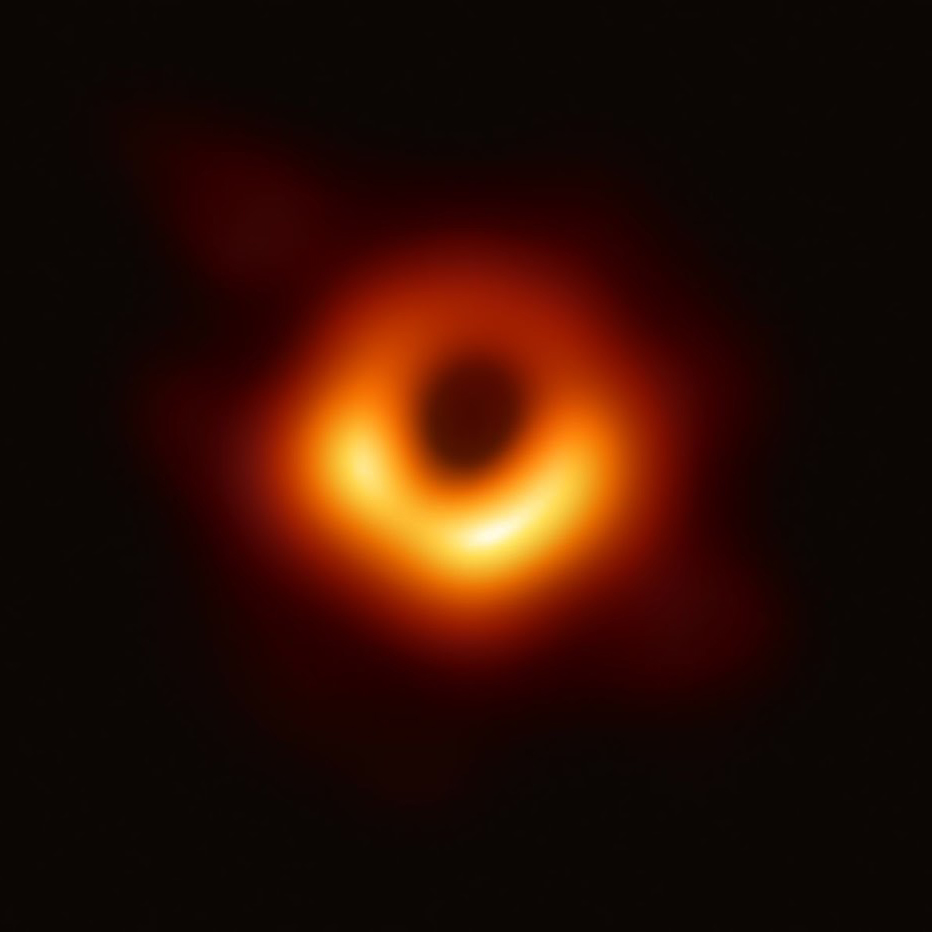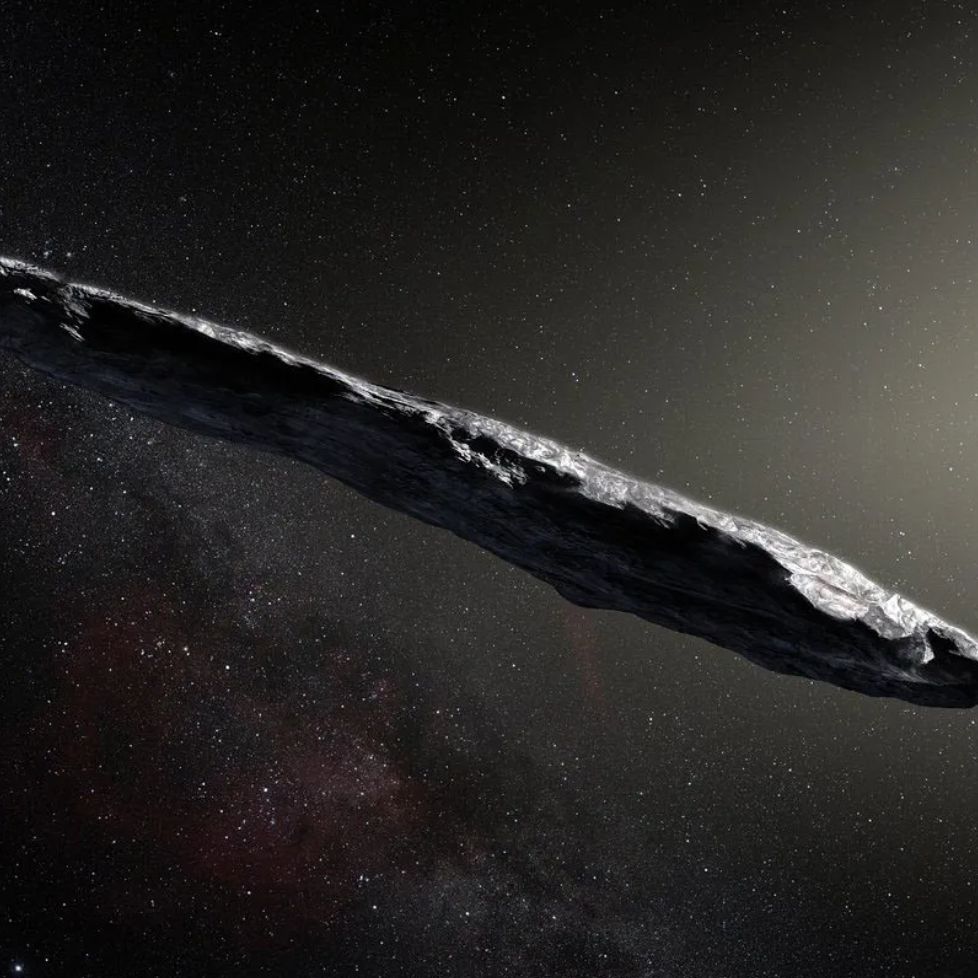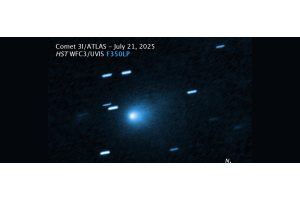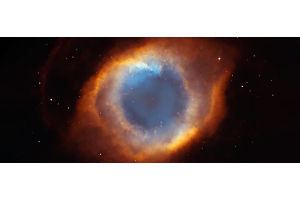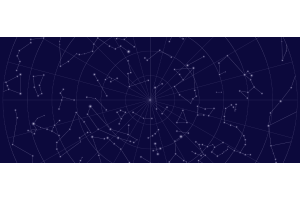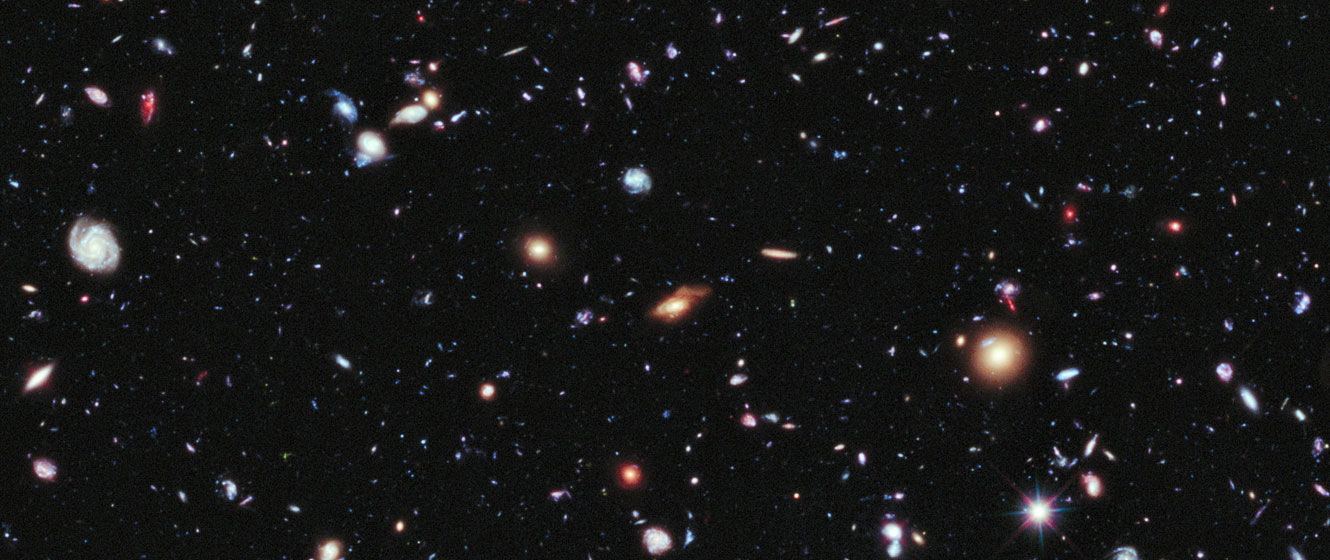
In the vast expanse of the cosmos, humanity has peered into the depths of space, unraveling mysteries and expanding our understanding of the universe. Several key discoveries have reshaped our perception of the cosmos and revolutionized the field of astronomy. At High Point Scientific, we appreciate each and every one of these discoveries of astronomical proportions, and we’ve taken the time to gather just some of the pivotal astronomical discoveries that we're immensely thankful for.
1. Hubble Deep Field
The Hubble Deep Field picture stands as an iconic and monumental achievement in the realm of astronomy, demonstrating the sheer immensity of the cosmos. This incredible image was captured by the Hubble Space Telescope over the course of ten consecutive days in December 1995. The Hubble Deep Field focused on a seemingly empty and dark patch of sky, no larger than a grain of sand held at arm's length, within the constellation Ursa Major.
What appeared as an unremarkable, seemingly empty expanse actually unveiled an astonishing truth. The image, although covering an area of the sky equivalent to merely one-twenty-four millionth of its total area, captured over 10,000 galaxies of various shapes, sizes, and ages. This cosmic snapshot fundamentally changed our understanding of the universe and our place within it.
Image: Hubble Deep Field. Source: NASA/ESA/STScI
The Hubble Deep Field completely changed the way we perceive the cosmos, primarily by revealing the sheer abundance of galaxies in what was previously thought to be an empty, dark patch of space. Some of the galaxies observed were so distant that their light had been traveling for billions of years before reaching the Hubble Space Telescope. This meant that the Hubble Deep Field provided a 'snapshot' of the universe's history, revealing galaxies as they were billions of years ago, offering astronomers a glimpse into the past and the early stages of cosmic evolution.
The success of the Hubble Deep Field led to subsequent observations, such as the Hubble Ultra-Deep Field and the Hubble eXtreme Deep Field, each delving deeper into the cosmos and revealing even more about the universe's origins and development. These subsequent deep field observations continue to expand our understanding of the universe and fuel ongoing research in astronomy, igniting new questions and hypotheses about the mysteries of our cosmic existence.
The Hubble Deep Field stands as a testament to human curiosity and the insatiable quest for knowledge. Its impact on our understanding of the universe continues to reverberate, inspiring further exploration and discoveries that shape our perception of the cosmos. For this, we’re thankful for the picture taken by the Hubble Space Telescope, and likewise, the similar one taken by the James Webb Space Telescope in 2022.
2. General Theory of Relativity
For centuries, it was thought that Isaac Newton’s theory of gravitation was complete. The three laws of Newton, to summarize, stated that objects behave in response to forces, stating that objects remain at rest or in motion unless acted upon by an external force, their acceleration depends on the applied force and their mass, and that every action is met with an equal and opposite reaction. These laws worked everywhere we looked, from the emptiness of space to our own living room.
However, in the early 1900s, Albert Einstein showed that these laws, while accurate, were really more of an approximation of how gravity interacts with the universe. Einstein showed that gravity interacted with the universe by distorting space and time (also known as spacetime). This was apparent by the perceived oddities in the orbit of Mercury, which did not appear in the exact place that Newton’s laws predicted it should be. Rather, the light from Mercury was being bent due to its relative proximity to the Sun. The Sun’s mass distorted spacetime to make the light appear to be in a slightly different position.
General relativity has also enabled the prediction and description of remarkable phenomena, including the bending of light by gravity, known as gravitational lensing. This effect has been observed during astronomical events, such as the distortion of light from distant galaxies by massive clusters of galaxies, which act as natural lenses in space. These lenses appear as “rings” around large clusters of galaxies, and can even be apparent in large amateur telescopes - such as Einstein’s Cross in the constellation of Pegasus.
General relativity also showed that singularities of spacetime were possible. That an object with sufficient mass and radius could collapse spacetime into a single point. Famous examples of these include black holes, as well as the Big Bang that created the universe around us, for which observational evidence exists strongly for both.
Because Einstein’s theory so dramatically changed our understanding of the cosmos by showing us our fundamental understanding of the cosmos was not completely accurate, we’re thankful for Einstein and his discoveries.
3. First Extrasolar Planet
Many have postulated the existence of other worlds beyond our solar system. The Italian philosopher Giordano Bruno in 1584 declared that “this space we declare to be infinite… in that are an infinity of worlds of the same kind as our own.” However, despite numerous attempts to find exoplanets, the first real breakthrough did not come until the 1980s.
There were many methods that were thought to have worked, but the first one to actually bear fruit was through pulsar timing in 1992. Pulsar timing involves precisely measuring the regular pulses of radiation emitted by pulsars, which are highly magnetized, rotating neutron stars. By analyzing the arrival times of these pulses, scientists can detect tiny variations caused by planets orbiting the pulsar. This was successfully done around the pulsar PSR 1257+12, and was the first definitive discovery of an extrasolar planet.
Image: Extrasolar planets orbiting the star HR8799. Source: NASA/JPL - Caltech/Palomar Observatory
This method of extrasolar planet detection is less commonly used nowadays, as other methods like the transit method and the radial velocity method, are far more efficient at finding extrasolar planets. The radial velocity method was used, for example, to detect multiple extrasolar planets around the star Proxima Centauri, the closest one to our own and the only other solar system we have any chance of visiting in the next few centuries.
As we launch more telescopes into space, the methods of detection become more precise. In total, astronomers have discovered 5,520+ planets orbiting other stars over the last 30 years. Many of these were discovered by NASA’s Kepler Space Telescope. The James Webb Space Telescope, launched in December 2021, has begun looking at the atmosphere of these extrasolar planets for signs of astrobiology - evidence of life beyond our own solar system.
Because of the tremendous implications that the discovery of extrasolar planets has in our quest to understand where we came from and if there is life out there, we are thankful for the discovery of the first extrasolar planet.
4. Discovery of Eris
Pluto was kind of a weird planet anyway. When it was first discovered, it was thought that it was a much larger world than it actually was. As observations continued through the 20th century, no evidence of a “disk” like with the gas giants was observed. This indicated Pluto must be a very, very small world, significantly smaller than Neptune. However, its mass and size were not fully constrained until the discovery of the moon Charon. This led to the disappointing reality that Pluto was significantly smaller than our own Moon.
However, it was not until the discovery of objects in the “Kuiper Belt” that were of similar or greater mass than Pluto that its status came into question. Eris was discovered in 2003 and given the designation 2003 UB313. It was quickly discovered this tiny world was, in fact, more massive than the current planet Pluto. Eris, along with multiple other bodies like Sedna, Makemake, and other such worlds showed that not only was tiny Pluto not alone, it was not unique. Do we have 10+ planets? Or should we stick with the classic eight as finalized by Le Verrier?
In the end, proponents of the latter argument won out, and in 2006 Pluto was demoted to its current status as a “Dwarf Planet”. However, that does not mean we forgot about Pluto entirely – in 2015, NASA’s New Horizons spacecraft visited Pluto and sent us incredible pictures of the frozen world.
Eris and other similar objects in the Kuiper Belt provided valuable insights into the outer solar system's dynamics and composition, enriching our knowledge of celestial bodies in these distant regions. For this, we’re thankful for the discovery of Eris and how it ultimately led to a breakthrough in planetary science.
5. The First Image of a Black Hole
In 2019, the first-ever image of a black hole was captured, unveiling the shadow of the supermassive black hole at the center of the galaxy M87. This remarkable achievement not only validated decades of theoretical predictions but also provided visual evidence of the existence of these enigmatic cosmic entities, furthering our understanding of their properties and confirming the boundary where light cannot escape.
The angular diameter of the black hole at the center of the Galaxy M87, the target of the first EHT campaign, was equal to that of an astronaut’s fist on the surface of the Moon as seen from Earth. This required an incredible amount of resolution. The picture of the black hole was taken with the Event Horizon Telescope (EHT), and was a collaborated effort with the Atacama Large Millimeter array, Greenland Telescope, and other telescopes across the world. By syncing all the observations with an atomic clock with telescopes across the entire world, the EHT effectively became a telescope with an aperture equal to that of Earth itself.
The Event Horizon Telescope campaign provided a visual confirmation of Albert Einstein's general theory of relativity in extreme conditions. The image displayed a dark shadow, consistent with relativity predictions, and confirmed the clockwise rotation of the black hole, aligning with theoretical expectations. The findings were presented in six papers published in The Astrophysical Journal Letters, detailing the observations and measurements.
Following the initial breakthrough, astronomers continued to enhance their observations. In March 2020, an improved method was proposed to capture more details of the black hole's rings. Additionally, in March 2021, a new photo in polarized light was revealed, showcasing the M87 black hole in a way never seen before. This marked the first time astronomers measured polarization so close to the edge of a black hole, offering insights into the magnetic field around the black hole's shadow. These subsequent advancements demonstrated the ongoing progress in our ability to explore and understand the enigmatic nature of black holes. For this, we’re thankful to the EHT team for bringing us these groundbreaking views of a black hole.
6. First Interstellar Object
Space is a big place. So big, in fact, the odds of any object leaving one solar system ever encountering another is extremely low. However, there are billions of such objects that exist in our galaxy alone. One such object was detected entering our solar system in 2017 – 'Oumuamua. 'Oumuamua was first detected in September of 2017 and was quickly identified to be interstellar in origin based on its orbit. 'Oumuamua was not bounded by the gravitational pull of the Sun and had an “excess” velocity that showed it could not have originated from our solar system.
It’s completely unknown what other solar system 'Oumuamua originated from. 'Oumuamua appeared to be traveling from the vicinity of the constellation of Lyra; however, it’s not possible to determine what star was in the area at the time of its departure. Indeed, it’s possible 'Oumuamua had been traveling through our Milky Way for billions of years, and originated from an entirely different part of our galaxy.
Image: Artist's concept of interstellar object1I/2017 U1 ('Oumuamua). Source: European Southern Observatory / M. Kornmesser
Beyond its implications for our understanding of celestial dynamics, 'Oumuamua has underscored the importance of sky surveys and advanced telescopic technologies in detecting and characterizing such transient visitors. Its fleeting passage through our solar system highlighted the need for improved capabilities to observe and study interstellar objects, as they offer valuable insights into the conditions and processes at play in other star systems. By studying 'Oumuamua and future interstellar objects, astronomers hope to gain a deeper understanding of the diversity of objects that populate our galaxy, potentially shedding light on the formation and evolution of planetary systems beyond our own. For this reason, we’re thankful for the discovery of 'Oumuamua.
As we express gratitude for these remarkable astronomical discoveries, it's essential to acknowledge the collaborative efforts of scientists, observatories, and technological advancements that have made these breakthroughs possible. Each revelation has not only expanded our knowledge but also inspired further exploration, sparking curiosity and paving the way for future astronomical revelations that await us in the boundless universe.

Learn More
Interested in learning more about astronomy and astrophotography? Not sure where to begin? Check out our Astronomy Hub!





